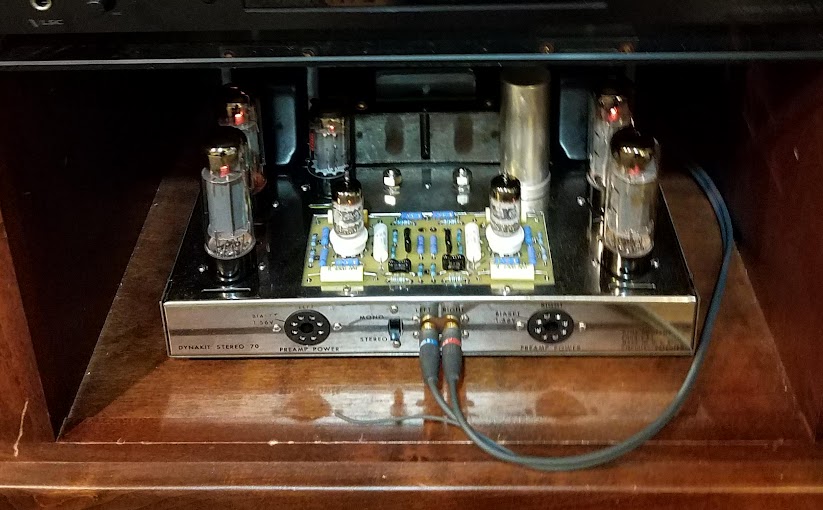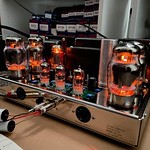Peter W. wrote: peterh wrote:Is the preamp AND st70 both grounded via 3 prong cables ?
An additional cable, connected in cover screws could be tested.
Grounding stuff with the signal cables only is a way to introduce hum.
Without being the slightest bit snarky, I am of the opinion that Europeans, what with IEC mandated grounded line-cords simply do not understand the potential (pun intended) issues with US grounded receptacles.
May I suggest, with all due respect, that you not opine on US systems unless/until you have a better understanding of these issues. For the most part, multiple equipment line-cord grounds, unless very carefully managed and *designed into* the equipment are a bad idea, at least in the US.
https://en.wikipedia.org/wiki/File:TT-earthing.svg is what we use here in the US. Neutral and ground are bonded in the panel and so there is very nearly always some potential to-ground for obvious reasons. And a bad neutral, while not ideal, is covered by the local ground. But, this is why grounds must be so carefully managed.
From my understanding, you use (mostly) this: https://en.wikipedia.org/wiki/File:TN-C-S-earthing.svg Please correct me if this is a false impression.
Accordingly, local differences in potential are less of an issue for you, whereas a bad neutral is not good at all. So, there are very real functional differences in how things work.
Equipment in europe has both incoming AC lines isolated from ground, all AC is
"floating" as regards to chassies and or signal ground. No special treatment
of "live" or "neutral" is done, all wires are considered "live" for security purposes.
The ground cable in the outlet that has them is not connected to either
wire but to a ground post in the electric distribution center.
As for the equipments, signal ground and chassie ground may be separated
by some amount, but neither is allowed to be connected to any mains AC line.
Interconnecting equipment by the groundline is common practice and will
normally prevent hum issues due to leakage of AC internally. Additional
interconnects of equipment done in industrial racking or with external
"grounding cables" helps to prevent ground loops.
I am not aware of US equipment or AC distribution methods. But apart
from "death caps" used in some older stuff i do think AC lines are
floating relative chassies and signal grounds.
Leaving units floating with no ground whatsoever will leave them humming
at half mains voltage, some units may leak more to one ac-conductor
then the other, creating a weak but real hum-loop. This is easily observed
by slight touching with a dry finger, any "humming" will be an indication
of a floating amp.
As we also have a lethal AC in europe ( 230V ) it's even more importent to
make sure that chassies are not only isolated but also grounded to prevent
accidents even if faults occurs in the equipments.
Do interconnect your amps chassies. This will normally decrease hum, any
residual hum is due to other reasons. And its easy to implement ( or remove)







